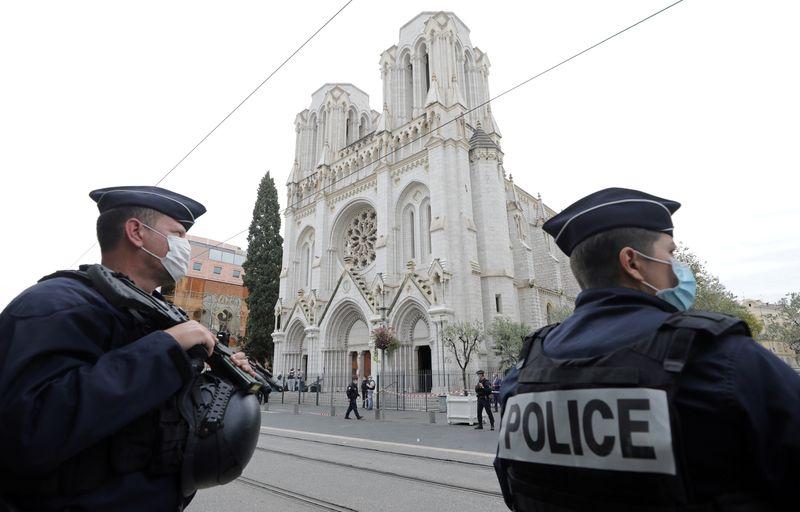When word of an attack at the Notre-Dame basilica in Nice reached Reuters photojournalist Eric Gaillard, quick thinking and a split-second decision helped Reuters be first with pictures and video from the scene. Gaillard explains the challenges he faced before even getting to the scene: "Unfortunately for me, I left my scooter in a garage for servicing on the eve of the attack. As soon as I heard about it, I rushed out of my home and stopped a motorcyclist in the street." "I was carrying lots of equipment including cameras and long lenses. I told the motorcyclist that I'm a journalist and asked him if he could take me to the scene of the attack, which he did. He was really cool. I was one of the first journalists on the scene because he agreed to take me." Speaking about what it was like when he arrived at the church, Gaillard said, "There was a lot of pressure and stress arriving on the scene. Police had closed the area and I had to quickly find a spot to shoot picture and videos. This kind of event is very stressful but also really dramatic for a reporter to cover." Gaillard's quick thinking meant Reuters was ahead of the competition in providing material from Nice, which was used by broadcasters worldwide and quickly became the most-used news story of the week. Reuters delivered more than 30 different video stories and several lives from Nice and Paris in the hours that followed, wrapping up the strongest material into packages which were widely used by Reuters customers. With a robust visuals offering of more than 1,600 images and over 200 video stories delivered each day, Reuters covers the real world in real time. For more, visit Reuters Connect. [Reuters PR Blog Post] Media contact: Tumshie Smillie tumshie.smillie @ tr.com



